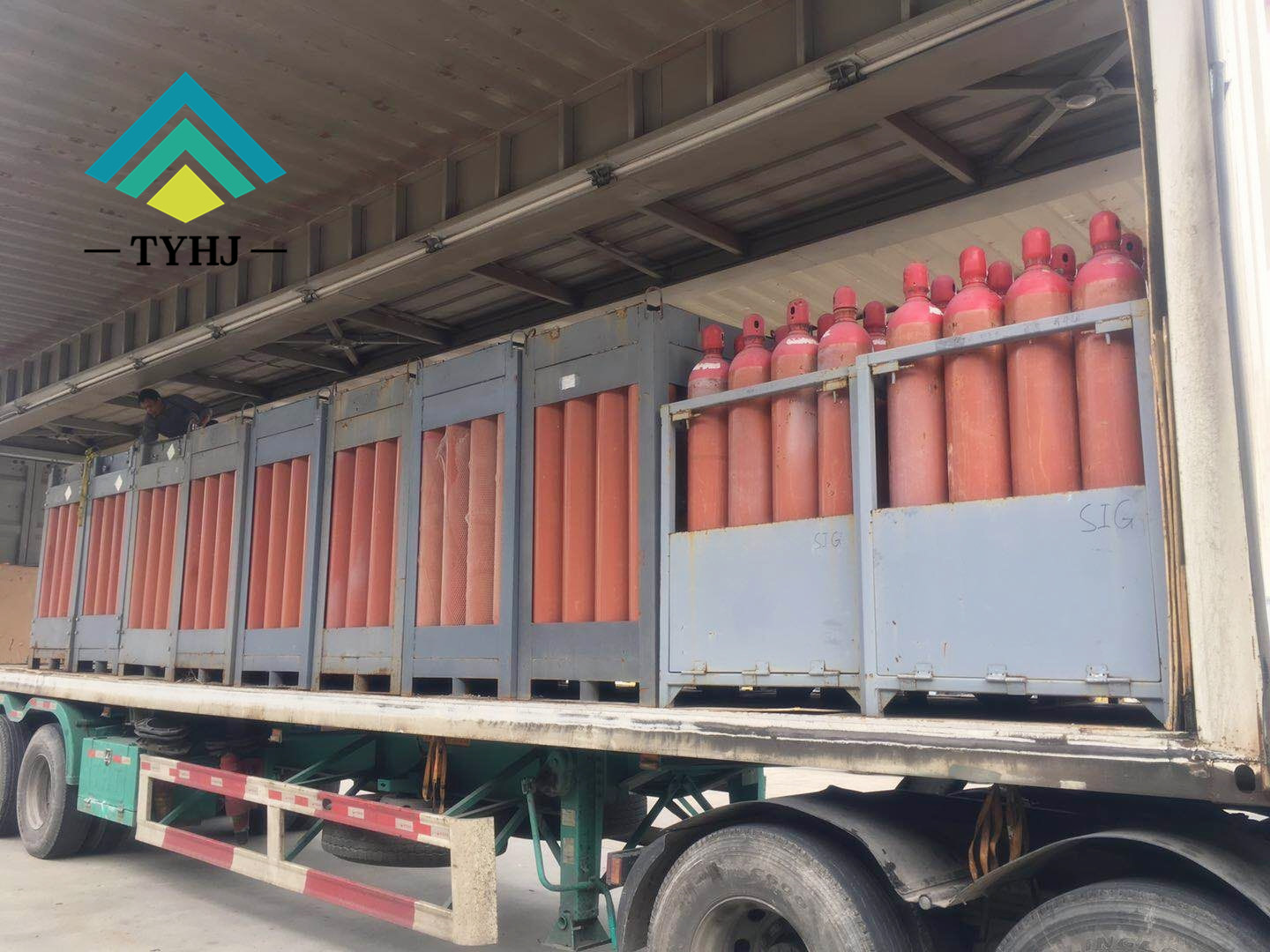Silane (SiH4) is toxic. It's mainly used in the semiconductor industry to make high-purity polysilicon, to fabricate silicon dioxide thin films silicon nitride thin films, polysilicon isolation layers, polysilicon ohmic contact layers, and heterogeneous or homogenous silicon epitaxial growth materials, and ion implantation. Sources, laser media, etc. by vapor deposition. It can also be used to make solar cells, optical fibers, and photoelectric sensors.

Silane gas is an indispensable material in the production of solar cells because it is the most effective way to attach silicon molecules to the surface of a battery. When above 400 ° C, the silane gas is decomposed into gaseous silicon and hydrogen. After the hydrogen is burned, the rest is pure silicon. In addition, silane gas is amost everywhere. In addition to the photovoltaic industry, there are many manufacturing plants that require silane gas, such as flat panel displays, semiconductors, and even coated glass production plants.